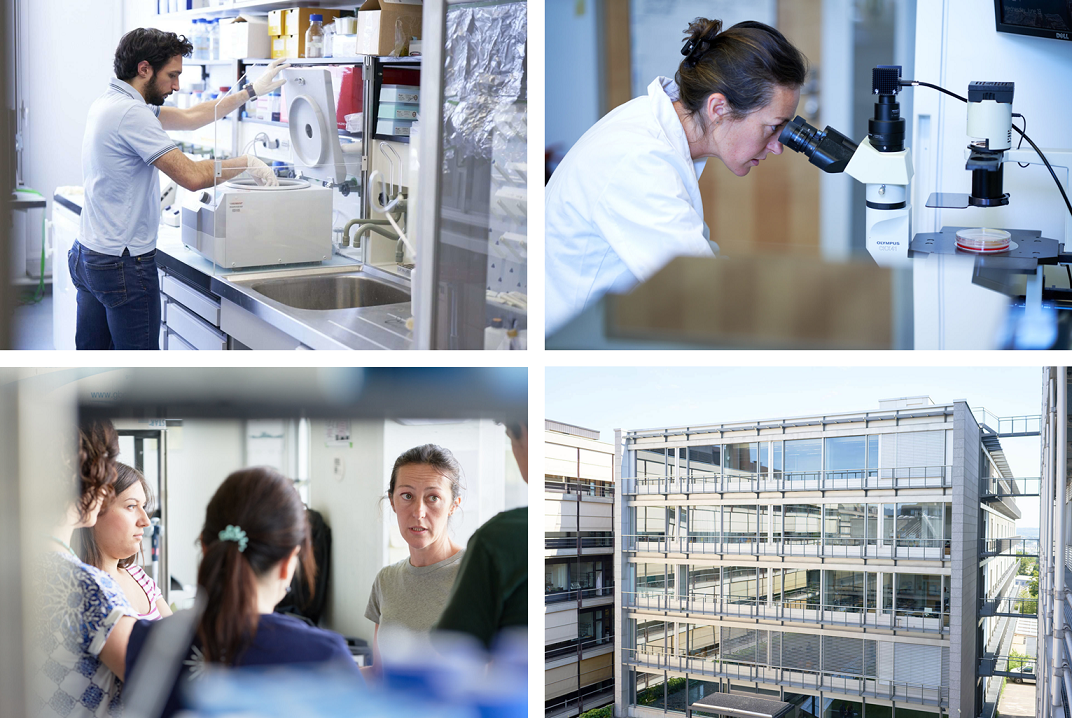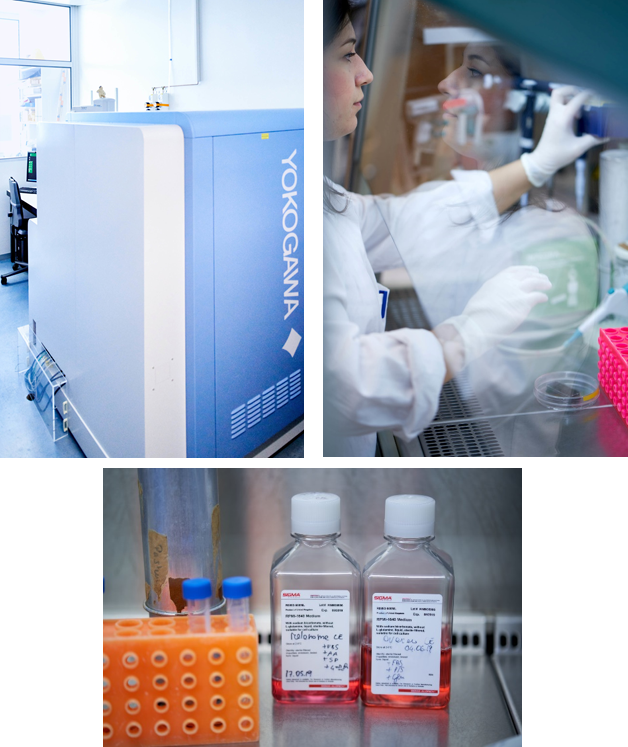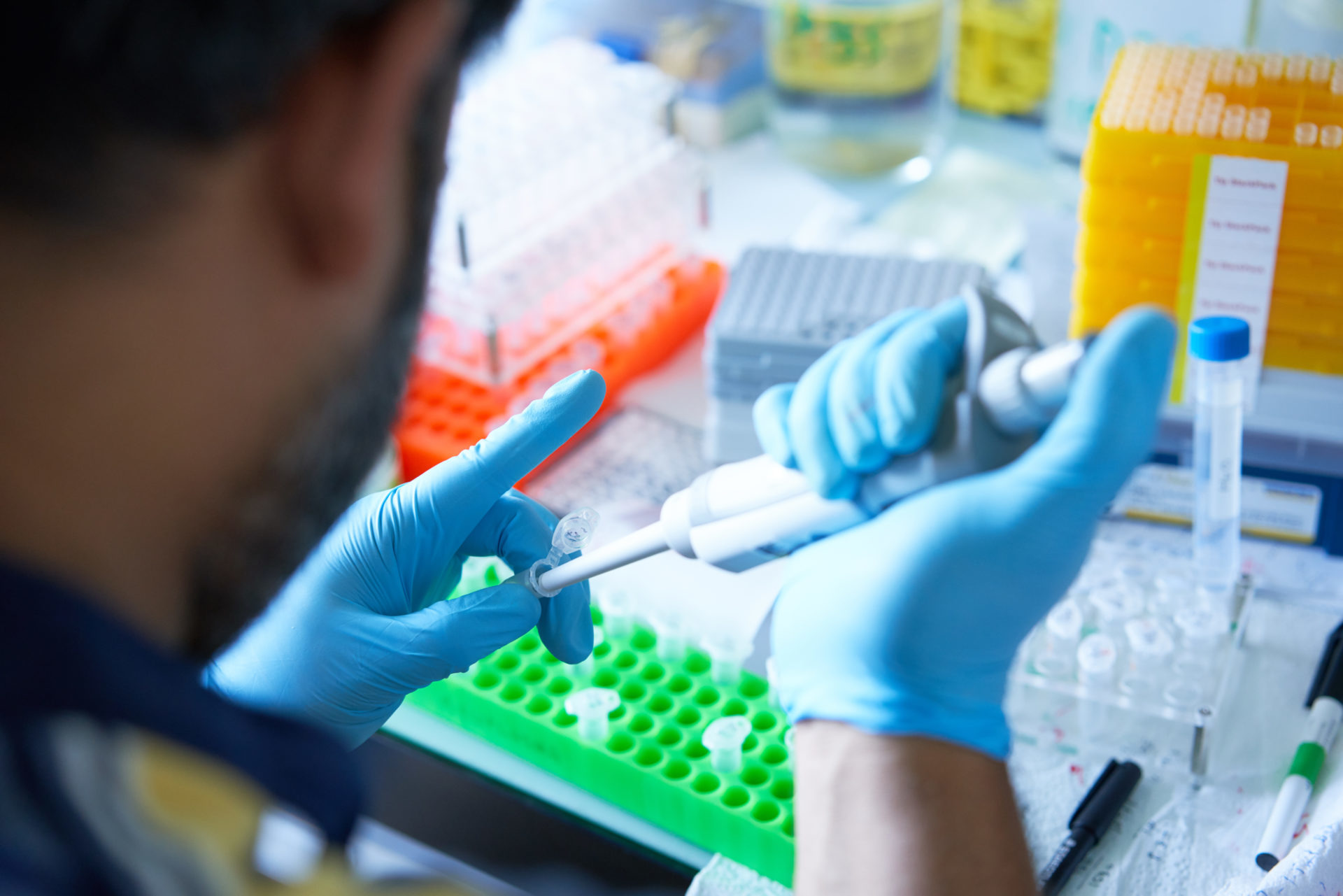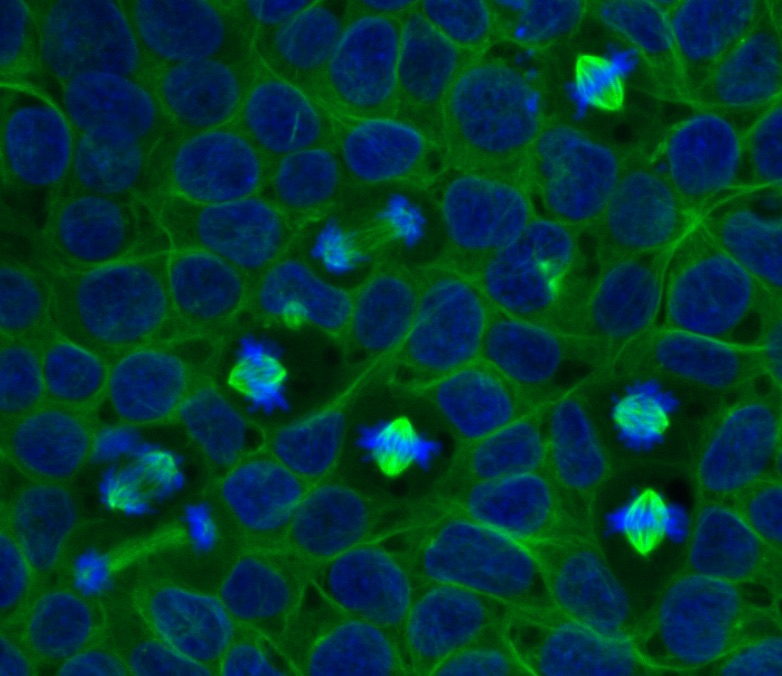The Lab

We believe that the most original and innovative discoveries and technologies come from individuals who are skilled in both wetlab and drylab approaches, and we actively encourage lab members to invest time in becoming a more broadly skilled scientist. Most importantly, we acknowledge that no one can be an expert in everything, and that we depend on each other. We are therefore a highly collaborative group that engages in continuous dialogues and discussions, and that supports each other in identifying the most important question, designing and carrying out the right experiment, developing the right algorithms and statistical models, and writing the actual computer code to analyse the data. Interestingly, most research papers published by the lab contain less than 5 authors, which reflects our vision that individual brilliance thrives in an open, creative and critically supportive work environment to which the whole group contributes in an altruistic manner. We are a multi-disciplinary research group, consisting of staff, postdoctoral fellows, PhD students, and Master’s students from different backgrounds, including physics, chemistry, computer science, bioinformatics, biochemistry, cell biology, virology, systems biology, and biomedicine. Our research aims at conceptual problems and poorly understood phenomena and mechanisms by which biological scales are crossed, from single molecules to tissues.

«Academic thinking is not about repeating someone else’s knowledge, but about creating new knowledge.»

Quantitative methods that scale
We design our experiments to be quantitative and scalable, and combine this with computational and statistical approaches to harness the power of large-scale measurements. We started this approach in the early 2000s when pioneering multivariate image-based high-throughput screening, but have since applied it to collecting large numbers of multivariate measurements from single molecules, organelles, and cells, be it in cell culture, in stem cells and organoids, zebrafish embryos, or human tissue biopsies.

This not only allows us to be less biased and gain more statistical power, but is the only way to identify scale-crossing effects, even in the most fundamental biological questions. Work in our lab therefore consists of performing cutting-edge quantitative wetlab experiments, many of which rely on advanced imaging as a readout, and combining this with computer vision, machine learning, and data-driven statistical modelling.
Brilliance in a supportive environment
We believe that the most original and innovative discoveries and technologies come from individuals who are skilled in both wetlab and drylab approaches, and we actively encourage lab members to invest time in becoming a more broadly skilled scientist. Most importantly, we acknowledge that no one can be an expert in everything, and that we depend on each other. We are therefore a highly collaborative group that engages in continuous dialogues and discussions, and that supports each other in identifying the most important question, designing and carrying out the right experiment, developing the right algorithms and statistical models, and writing the actual computer code to analyse the data. Interestingly, most research papers published by the lab contain less than 5 authors, which reflects our vision that individual brilliance thrives in an open, creative and critically supportive work environment to which the whole group contributes in an altruistic manner.